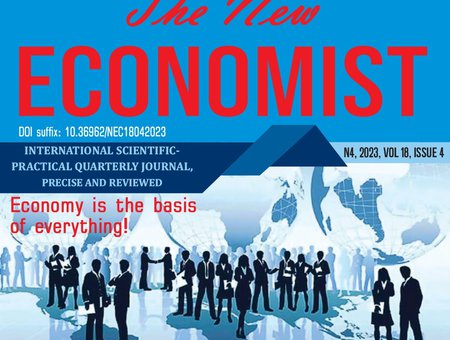This article discusses the differences in generational preferences for word-of-mouth marketing. Differences between Generations Y and Z regarding different forms and sources of marketing are evaluated.
The research objective was to discuss and analyze the results of the social-media campaign achieved by the non-governmental organization “Safari” through the developed strategy in a specific reporting period in order to find out whether the differences exist in the preferences of generation Y and Z for WOM marketing.
To meet the research objective, the complete process of Word-of-Mouth (WOM) marketing planning and implementation was identified, each component of the communication activities cycle has been studied and the role of influencers in obtaining the desired responses from Gen Z toward the application “Safe YOU” has been evaluated. Applied method is the observation and content-analyses.
The findings reveal that Generation Y exhibits a notable inclination toward seeking information via recommendations and evaluations predominantly from various sources, including Facebook. Among the various tools used, including Facebook, photo and video content are the most effective. This reliance on input from strangers signifies an evolving trend in trust dynamics, emphasizing the significance of online credibility and collective feedback in their decision-making process.
In contrast, Generation Z demonstrates a marked preference for influence marketing, relying heavily on information sourced directly from influencers. Mirroring older generational behavior, Generation Z exhibits a parallel dependence on social networks as a primary information conduit.
These findings underscore the importance of tailored marketing strategies that acknowledge and adapt to the unique preferences of each generation.




